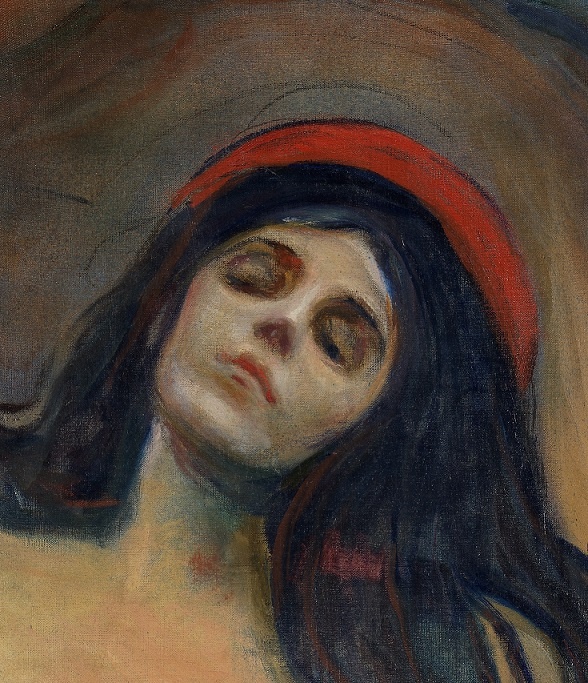The mysteries of art and their powerful symbolic expressions come with a fascinated turn in the paintings of Edvard Munch. Troubled with anxiety and illness for most of his career, Edvard Munch embraced these conditions and felt that he became capable because of them. The Norwegian painter took subjects out of which few were common to the age and few that were expressionistic to the core. The Kiss of Death, The Scream, Life and Death, etc. are so vivid in expression that the shapes, colours and the imagery will chase the viewer for eternity. The same can be said of the series of paintings that go by the name Madonna. Madonna by Edvard Munch has several versions and these paintings represent the female cycle through the use of colours and symbols.
Madonna Paintings of Edvard Munch
Edvard Munch created numerous versions of Madonna between the years 1892 and 1895. The primary subject of these versions is a half-naked woman with no explanative background. Madonna can be found in print forms, lithographs and the usual oils on canvas.
A red halo can be found over the top of the head of the subject suggesting that the figure might represent Madonna. However, it is understood that Edvard Munch never took great interest into Christianity; hence, the title Loving Woman is also wide used. The halo might have been used by Munch to represent the holiness of womanhood instead of representing a single character in the Bible.
The four pillars of life can be found in the paintings that include: youth, sex, fertilization and decay. The use of colours around the subject plays a very important role in depicting this cycle and his only surviving lithograph shows the process of fertilization. The submissive nature of the subject can be viewed by the individual as if he or she is making the subject to sensually submit. The pain involved in the process and the love involved is represented by the halo as well as the colour unity and the meek placement of hands.
In the lithograph, one can observe the presence of sperm that created a foetus at the left corner. This is the greatest gift any woman can give to the human race as procreation is a divine process that enables the species to survive another generation. Madonna or the Loving Woman represents this divine submission that results to life.
Munch - Loving Woman - Download in PDF

